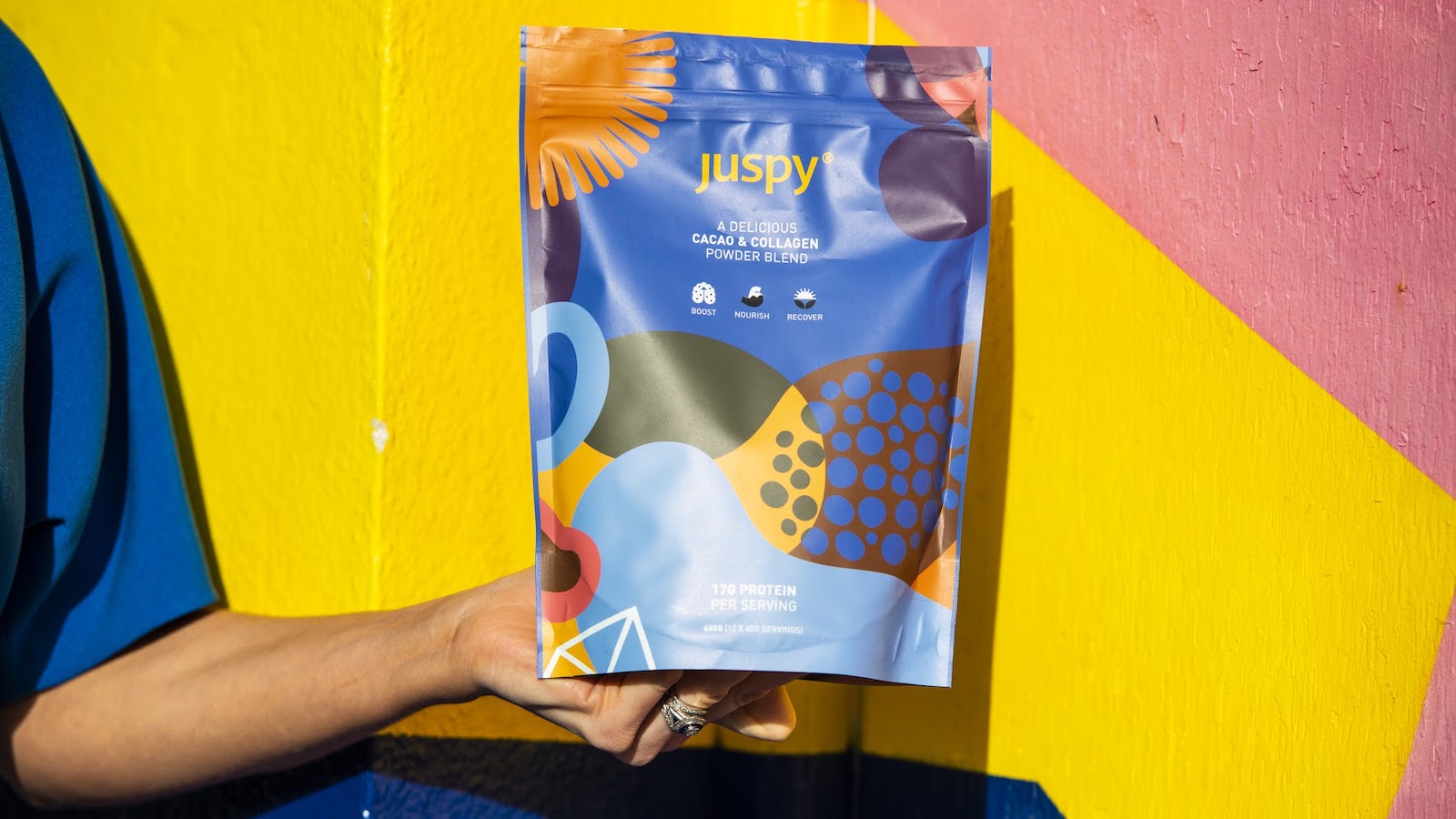Table of Contents
** Minutes
What is carbon-neutral shipping?
Top solutions for carbon-neutral shipping
Consumers care about their carbon footprint
How to reduce carbon emissions from shipping
Carbon emissions are a leading cause of the climate crisis and the repercussions we face today. Many industries are looking for ways to reduce emissions in attempt to slow down the damage made to the environment.
When it comes to logistics, shipping emits a high volume of black carbon affecting the carbon dioxide in the air.
In an effort to reduce carbon emission in the ecommerce industry, a growing number of online brands are participating in sustainable practices, including the option of carbon-neutral shipping.
In this article, you will learn what carbon-neutral shipping, why it’s important, and how you can reduce carbon emissions from shipping.
What is carbon-neutral shipping?
“Carbon-neutral” refers to practices that, when executed properly, produce a net zero amount of carbon dioxide. Carbon-neutral shipping aims to reduce the carbon footprint associated with shipping packages.
Since carbon-dioxide is one of the leading reasons for climate change, switching to carbon-neutral shipping brings us one step closer to helping protect the environment and is a major effort in helping to monitor our carbon dioxide emissions.
Top solutions for carbon-neutral shipping
There are different ways to accomplish carbon-neutral shipping. One way is to work with a fulfilment provider that has solutions in packing and shipping products more efficiently and sustainably.
For instance, ShipBob is a third-party logistics 3PL company that provides carbon-neutral shipping solutions for online brands, including an integration and partnership with Ecocart.
ShipBob partners with Ecocart so you can purchase carbon credits by allowing your customers to choose (and optionally, pay for) carbon offsets on a per-order basis, and allowing you to offset the carbon impact of product manufacturing and even last-mile delivery.
By integrating with Shopify, brands that use Ecocart and. ShipBob (or build a custom integration) can automatically calculate and offset their carbon footprint.
“Our goal was simple: offset carbon emissions. In our search for the right partner, ShipBob was proactive. We can now share accurate data with our customers regarding the success of our reforestation initiatives.”
Michael Klein, Co-Founder at Herbaly
Consumers care about their carbon footprint
Did you know…
- The cardboard used for the approximately 165 billion packages shipped in the United States each year equates to 1 billion trees.
- Fast delivery such as 2-day shipping is a significant contributor to climate change.
As climate change continues to worsen and more consumers turn to online shopping, consumers are choosing brands based on their efforts to protect the environment, including the ability to reduce their carbon footprint.
If fully aware of the carbon footprint that is left from packages and deliveries, some consumers are more likely to opt in to sustainable shipping solutions.
With information like this out there, consumers are becoming more aware of the impact carbon has on the environment.
“Our business is built on sustainability and we aim to provide our customers with carbon-neutral products from our natural sources to their front door. That is why we work with ShipBob to offset carbon emissions from our ecommerce supply chain.
Minimise upfront investment and maximise positive impact on the planet by utilising the simplest way to incorporate sustainability into your brand’s operations, carbon offsetting.”
Fannar Jonsson, Quality and Environment Manager at Blue Lagoon Skincare
How to reduce carbon emissions from shipping
In addition to going carbon-neutral, it is important to also focus on reducing emissions throughout the supply chain. Here are different ways your business can reduce carbon emissions during the fulfilment and shipping process.
Use recycled & recyclable packing materials
With more people shopping online than ever before, more packing materials are being used to pack and ship orders, leaving the customer responsible for disposing waste. Eco-friendly packaging can help minimise waste and add a sustainable practice to your business.
For some ecommerce businesses, your packaging is almost as important as your products. Packing materials should not only ensure that items are delivered safely, but there should also be a focus on sustainably.
There are a range of materials that could be used to satisfy eco-friendly packaging for your business.
Eco-friendly packaging options for ecommerce include:
- Papers and cardboard
- Easily reusable and recyclable
- Easy to source in quantities that suit the business
- Bioplastics
- Usually derived from plant-based materials
- Well-suited for composting
- Biodegradable plastic packaging
- Traditional plastics that have been modified to break down faster through the presence of heat or light
- Plant fibers
- Eco-friendly packaging materials in the form of reusable tote bags to wrap your product
- Made from jute and cotton
- Inflatable air pillows
- Inflatable plastic film bags that can be used to protect products
- Made from post-consumer recycled materials
- Corrugated bubble wrap
- An alternative to dunnage which is the packaging to protect the goods during the shipping process (packing peanuts, bubble wrap)
- Typically made out of 100% recycled cardboard
Some options help enable carbon-neutral shipping more than others, and the prices foe each vary. ShipBob partners with eco-friendly packaging companies like noissue and Packlane for brands that want custom branded packaging that’s also environmentally-conscious.
Minimise the amount of overall packaging
Can you think of the last time you received a package in a large box when only the item took up one-third of the space?
Packing a small item in a big box is a common packing mistake and one that customers notice right away — but also one that costs businesses.
Dimensional weight is a pricing technique used by couriers that calculates the amount of space a package takes up. Sometimes, a lighter package can take up more room than a heavier one based on the DIM weight, which is computed by multiplying length x width x height. The more you minimise the amount of packaging used, the more money you might be able to save for a smaller DIM weight.
Avoid as much single-use plastic as possible
When it comes to keeping items safe while in transit, a lot of the time bubble wrap isn’t needed and there are plenty alternatives such as recycled kraft paper. Another option is the use of corrugated bubble wrap, which can be used in replace of packing peanuts and regular plastic bubble wrap.
Distribute your inventory to multiple fulfilment centres
Distributing your inventory across multiple fulfilment centres can help not only reduce shipping costs while speeding up transit times, but it can also reduce carbon emissions. When you split inventory across locations, the distribution centre closest to where the customer lives will pick, pack, and ship the order.
ShipBob offers a robust fulfilment network with locations across the US and globe, where you can ship customer orders through the most efficient route, saving on fuel (carbon) and getting your orders delivered sooner.
Since ShipBob makes it easy to track inventory in real time across our fulfilment network, you can prevent different items in an order from being shipped from different locations (known as a split shipment) to make sure orders are fulfilled together. This can help reduce the amount of packaging used while providing a positive customer experience.
“Utilising ShipBob’s network of fulfilment centres allows us to lessen our carbon footprint as well. We’re currently storing inventory in some of ShipBob’s Southern California and Chicago facilities, which means that when we receive an order destined for someplace like New York, we don’t have to ship it from all the way across the country. By shortening the transit distance, we get to shorten transit time and reduce the amount of pollution produced in the shipping process. Even in the final stages of fulfilment and last-mile delivery, ShipBob enables us to stay true to our mission!”
— Juliana Brasil, Director of Operations at Food Huggers
Sometimes offsets aren’t enough
Given the nature of shipping and transportation, carbon offsets are the only real way to offer carbon-neutral shipping at this time, but that still results in high carbon emissions in the first place (thus the need for the offset).
Until the couriers transport packages via more eco-friendly ways, ecommerce brands need to make decisions (that, while more expensive) will benefit the Earth and future generations.
ShipBob offers a wide range of solutions for online brands looking to establish eco-friendly logistics operations to help protect the environment as they grow their online business.
Here are some eco-friendly ways ShipBob can help your company:
- The use of tools like Ecocart to automatically offset your own carbon footprint from last-mile delivery to manufacturing and have a fully carbon-neutral logistics chain.
- The option to use your own eco-friendly branded packaging. (Note: If you choose to use ShipBob’s standard plain packaging at no extra cost, we use recycled kraft paper as dunnage to protect your packages during transportation in the most sustainable manner.)
- The ability to distribute inventory across fulfilment centre locations to store inventory closest to your customers, optimise last-mile delivery, and save on shipping costs and fuel (and reduce the reliance on air freight and expedited shipping).
To learn more about how ShipBob provides eco-friendly product fulfilment, click the button below.
Carbon-neutral shipping FAQs
Here are some of the most frequently asked questions about carbon-neutral shipping.
What companies offer carbon-neutral shipping?
While companies like Amazon have pledged to go carbon-neutral by 2040, many small ecommerce brands are already turning to carbon-neutral shipping. To support this initiative, ShipBob is a 3PL that offers carbon offsets for ecommerce brands that outsource fulfilment to ShipBob, made easy through Ecocart.
Brands including Herbaly, Blue Lagoon Skincare, and Open Water are all ShipBob customers who offer carbon-neutral shipping. Similarly, UPS has carbon-neutral shipping options that support projects that offset the emissions of the shipment’s transport, and FedEx has committed to carbon-neutral operations by 2040.



